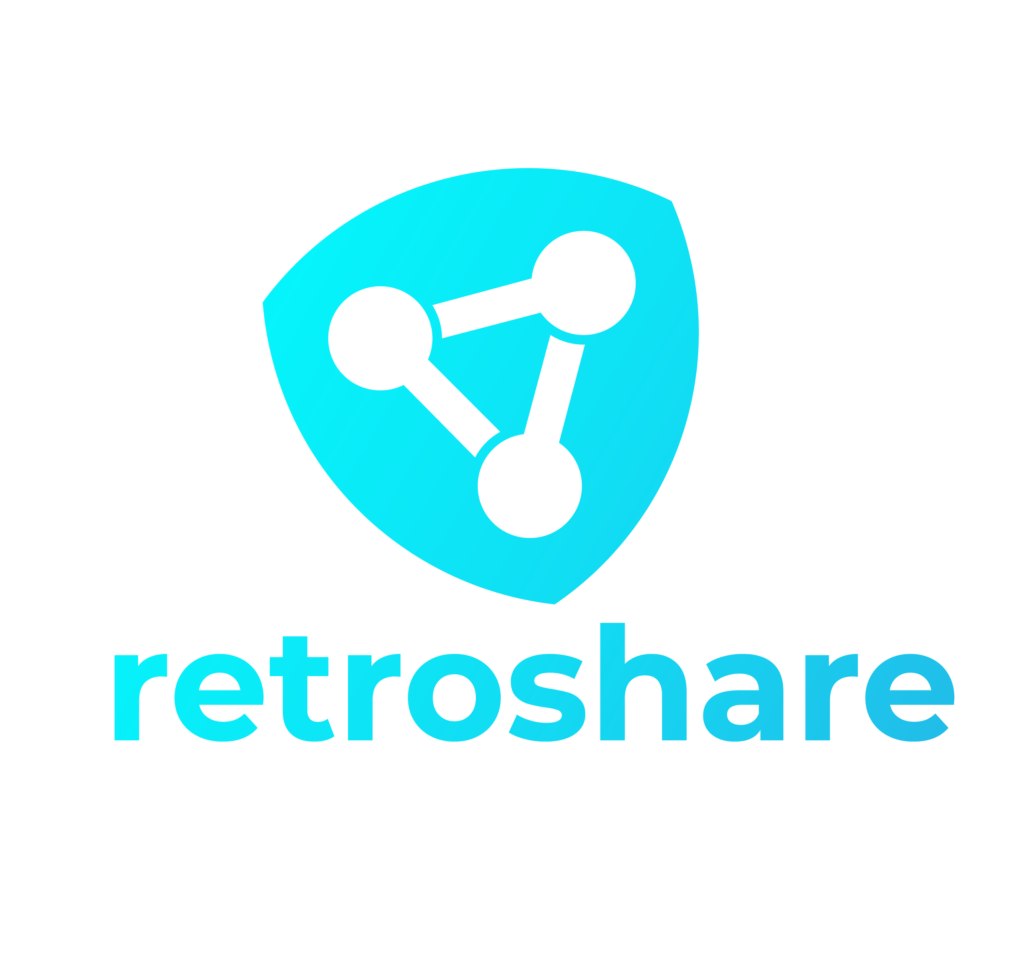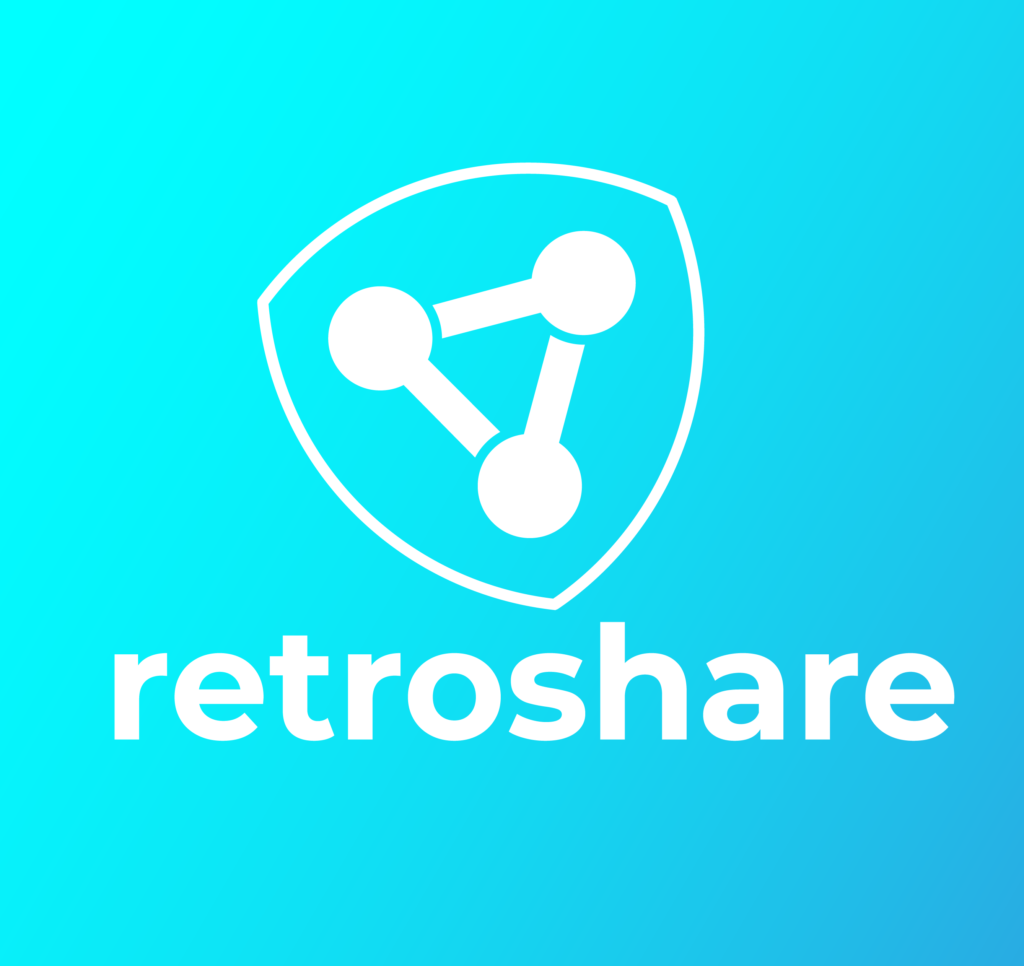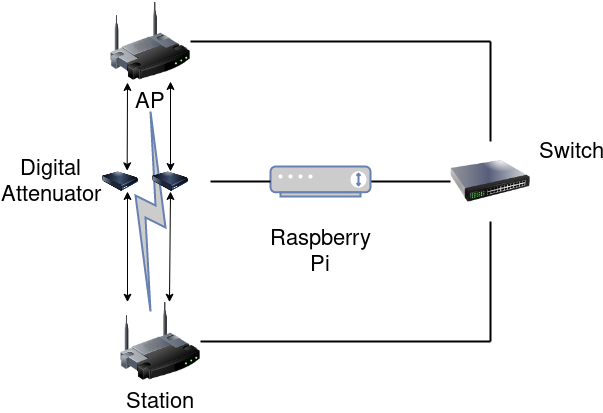Hi all!
My name is Joan Pascual and I’m going to develop Library to export/import public datasets to Retroshare network.
RetroShare is a distributed F2F network that is in my daily use to share content or chat with friends. I like a lot the project and after the creation of the Retroshare JSON API I start to develop the RetroShare Web Bridges (https://gitlab.com/r3sistance/retroshare-web-bridges). And now, with GSoC, I would like to participate a little more with RetroShare project and its community.
The idea is to import public datasets into RetroShare network such as Wikipedia, WordPress or other stuff in order to populate RetroShare network with this data, creating distributed repository of all this information.
Following with this, I’ll create a series of scripts that will help to import and update this information, so anyone can publish at the same time on RetroShare network or over a centralized service, creating some kind of bridge.
I’m going to investigate Doxygen, a part of the framework that compiles the JSON API endpoints for RetroShare, and I’ll will make the needed pull requests to expose new parts of the API that actually are not supported and could be needed for the libraries. Also maybe is possible to use Doxygen to create the library in python that will interact with API endpoints.
The whole project will be written in Python except when a new API endpoint should be exposed that will be in C++ and Doxygen (languages used by libretroshare), but this will be mostly adding inline documentation with the special @jsonapi{development} annotation.
At the end, it will be a reference library to interact with RS JSON API that will engage people to create apps over RetriSshare network. Also, taking advantage of this library, some public datasets will be imported to RS network.
I’m very happy to have been selected this year as GSoC student for RetroShare, a program that is in my daily life. So thanks to GSoC team, Freifunk, RetroShare developers and of course to my Mentors! It will be an awesome experience!
RetroShare is a distributed F2F network that is in my daily use to share content or chat with friends. I like a lot the project and after the creation of the Retroshare JSON API I start to develop the RetroShare Web Bridges (https://gitlab.com/r3sistance/retroshare-web-bridges). And now, with GSoC, I would like to participate a little more with RetroShare project and its community.
The idea is to import public datasets into RetroShare network such as Wikipedia, WordPress or other stuff in order to populate RetroShare network with this data, creating distributed repository of all this information.
Following with this, I’ll create a series of scripts that will help to import and update this information, so anyone can publish at the same time on RetroShare network or over a centralized service, creating some kind of bridge.
I’m going to investigate Doxygen, a part of the framework that compiles the JSON API endpoints for RetroShare, and I’ll will make the needed pull requests to expose new parts of the API that actually are not supported and could be needed for the libraries. Also maybe is possible to use Doxygen to create the library in python that will interact with API endpoints.
The whole project will be written in Python except when a new API endpoint should be exposed that will be in C++ and Doxygen (languages used by libretroshare), but this will be mostly adding inline documentation with the special @jsonapi{development} annotation.
At the end, it will be a reference library to interact with RS JSON API that will engage people to create apps over RetriSshare network. Also, taking advantage of this library, some public datasets will be imported to RS network.
I’m very happy to have been selected this year as GSoC student for RetroShare, a program that is in my daily life. So thanks to GSoC team, Freifunk, RetroShare developers and of course to my Mentors! It will be an awesome experience!



